Is the BMW i8 Still Impressive?
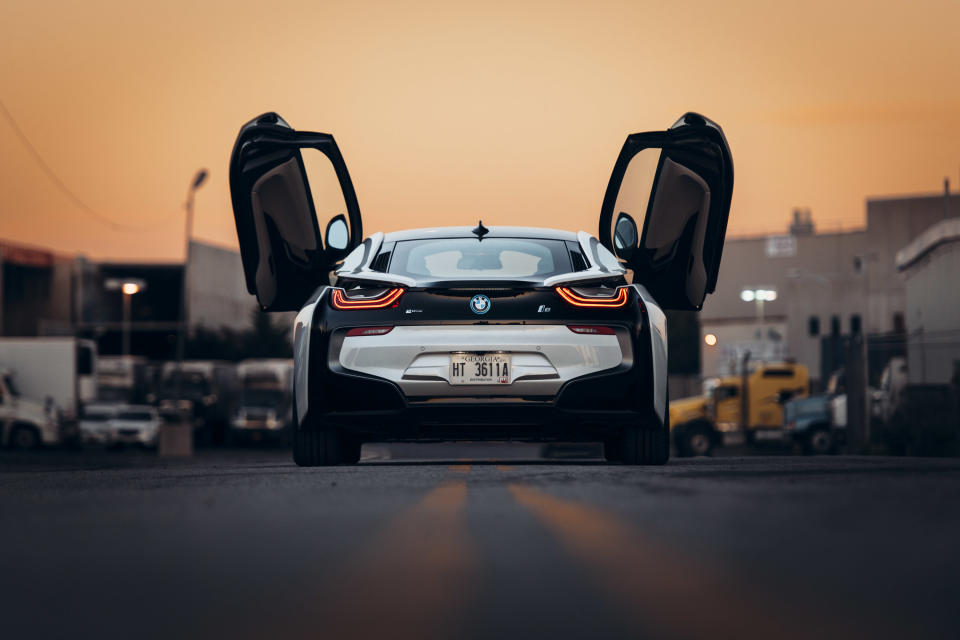
It was like nothing we'd ever seen. The i8 hit the road in 2014 and it was a totally different sort of sports car. It was mainly carbon fiber. It was mid-engined, but instead of a V10, V8, or even one of BMW's straight sixes, it had an inline-three from a Mini that was boosted to hell. And it was a plug-in hybrid.
In some ways, the carbon construction and hybrid powertrain made it similar to the Porsche 918, McLaren P1, and LaFerrari. The difference was that it cost one tenth the price. When it came out, we hailed it as a triumph, as a vision of the future today, and a car that still had its quirks. It was a complex car, but a clear win for BMW, particularly in the publicity department.
The i8 was everywhere from tech sites to fashion mags. Celebrities were seen in them and people who never cared about a car in their lives were talking about it. The first few times we got in an i8, we couldn't go far without someone taking a picture, asking about it, or just staring and giving a thumbs up.
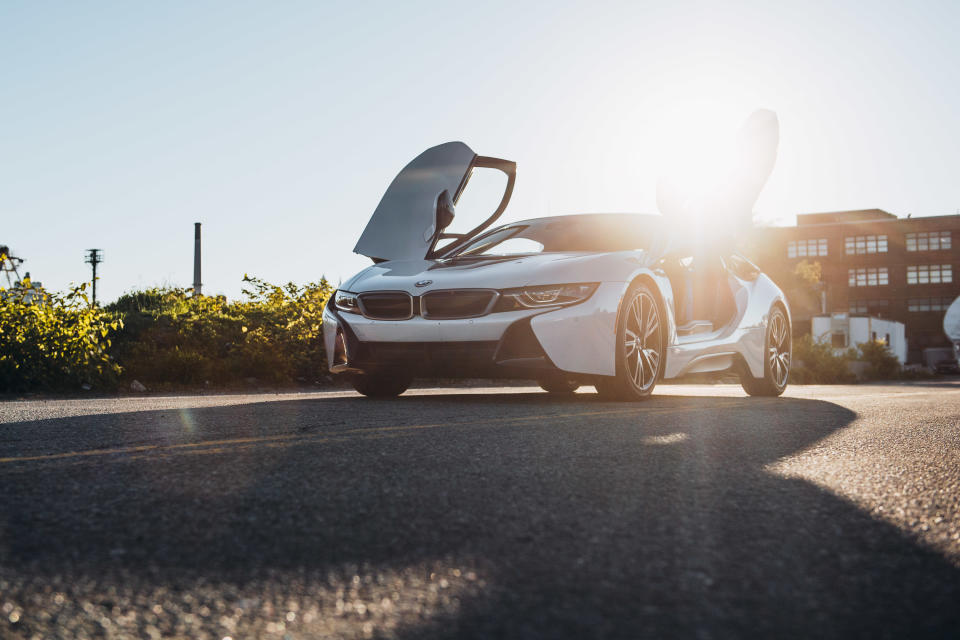
Then, seemingly overnight, the i8 disappeared.
It's not like it suddenly became bad to drive. That part is the same as it was three years ago. BMW's slightly experimental exotic coupe is still interesting to drive in the best sense of the word. In all-electric mode, it has a gentle whir that makes it sound like a spaceship, just like it looks. It's not nearly as quick as a pure electric car and range is just 15 miles, but that's why you have the gas engine.
In sport mode, the electric motors and 1.5 liter three cylinder combine to make 367 horsepower and instant torque. Any gaps left by the gas engine are filled with power from the electric motors. It makes the i8 far quicker than you'd think it would be.
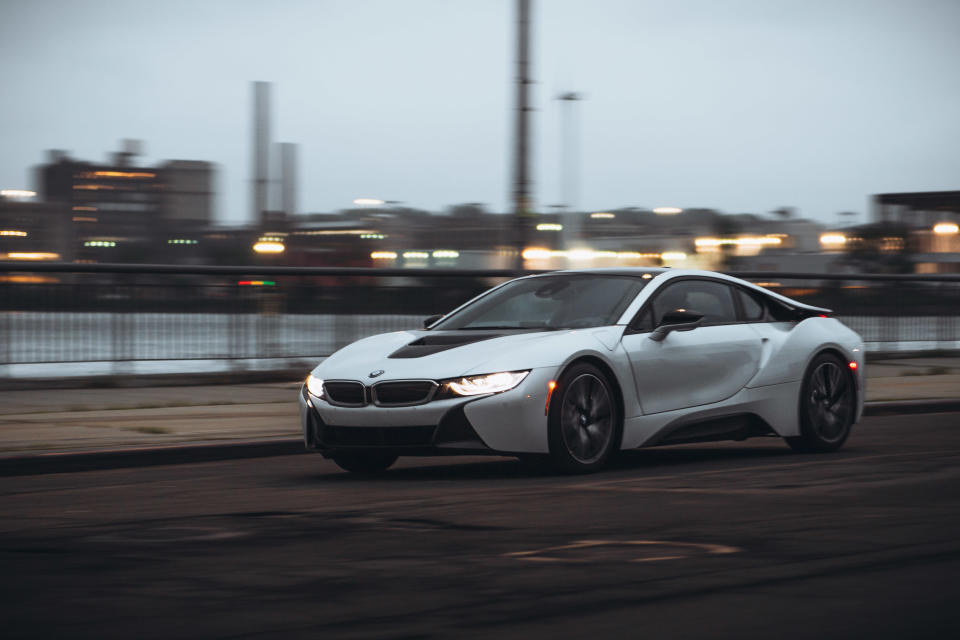
Driving it fast feels like a digital device simulating an analog experience. The engine noise being piped into the cabin is fake, the steering is electric and can be vague, and the whole electric motor boost thing is freaky. As Chris Harris said in our first drive, sometimes something that looks like a second gear corner is actually far faster if you do it in third and rely on the torque. It's a weird, but wonderful, experience.
It's also not like the i8 suddenly looks boring.
There still aren't very many cars that attract as much attention as an i8. Even though we first saw the design in concept form in 2009, it's aged so well that it still looks like it's from the not-too-distant future. People still gawk just like they did a few years ago.
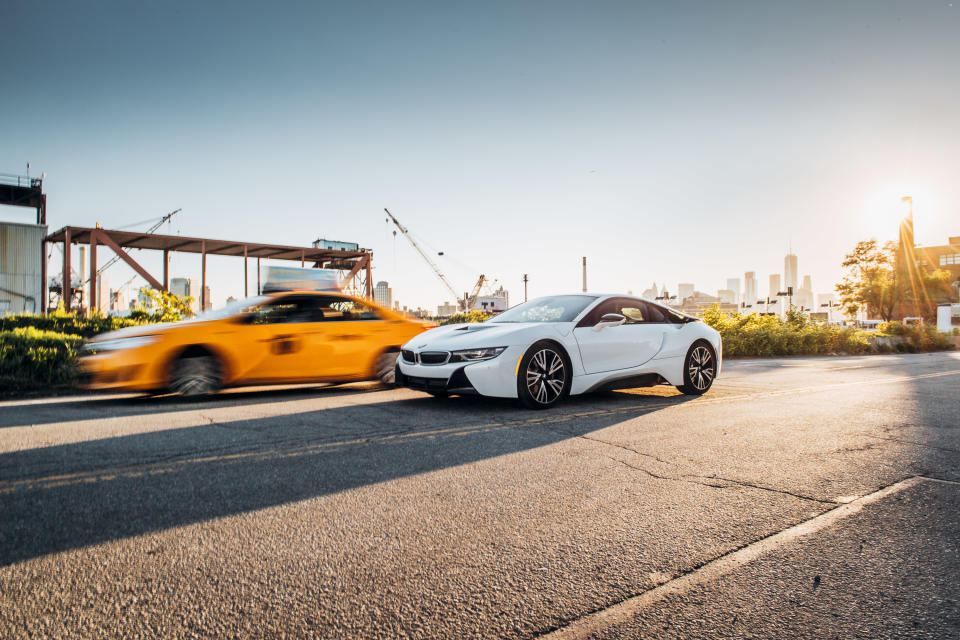
What has changed is technology. The shift from plug-in hybrid to full electric likely happened quicker than BMW predicted.
While the carbon fiber construction and light-weighting of the i8 is more relevant than ever, batteries have evolved to a point where 15 miles of range isn't something BMW can tout as a feature on its top of the line offering in the i range, particularly when Chevrolet has an electric car that costs $35,000 and goes 240 miles on a charge. In fact, the $143,400 i8 is the most expensive PHEV on the market (other than the obscenely quick Porsche Panamera Turbo S e-hybrid) by nearly $45,000.
Then there's performance. When it was released, the i8's acceleration numbers were comparable to the quickest EVs of 2014, like the Tesla Model S P85D, with a 0 to 60 time of right about four seconds. Now, three years later, the Model S P100D hits 60 in 2.3 seconds. The i8 still does it in 4.2. And the Tesla's 315 mile electric range is five more miles than the BMW's full gas/electric range.
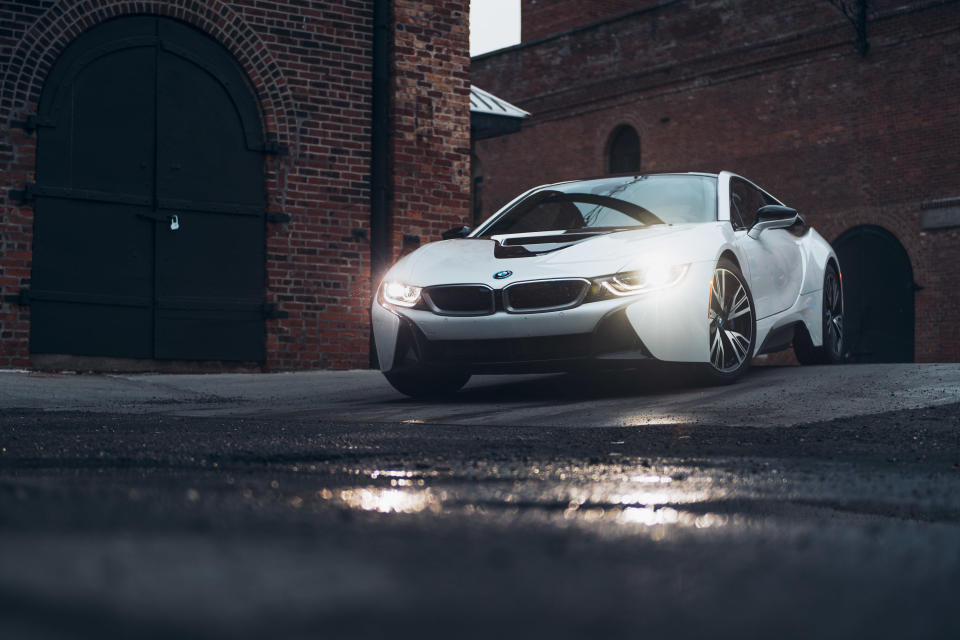
BMW's problem with the i8 isn't dynamics or design, since both are still brilliant. The problem is that it's a tough platform to iterate. Tesla has upgraded the batteries and controllers in its cars numerous times in the last few years to make them obscenely fast and almost eliminate the range anxiety discussion.
The i8 also has the unenviable task of competing with full-electric cars and traditional sports cars. So people will look at this, a Model S, an Acura NSX, and more at the same time. It's a tall order when there are full-electric cars that get upgraded battery packs every year and newer sports cars, like the NSX, that have had more time to hone the performance hybrid setup.
That puts BMW in a tough spot. The i8's features that were touted when it was released don't hold the same clout they once did, but an increase in range and power would help make it buzzworthy again. That would once again give BMW a car that's as technically impressive as it is impressive to drive.
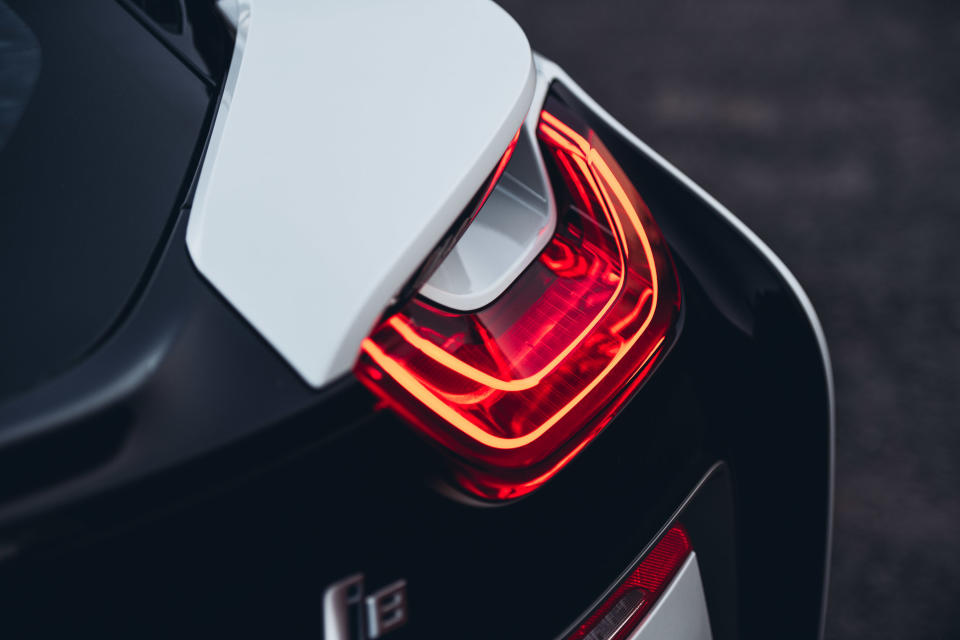
You Might Also Like

 Yahoo Autos
Yahoo Autos 